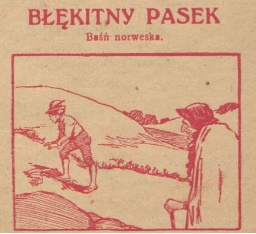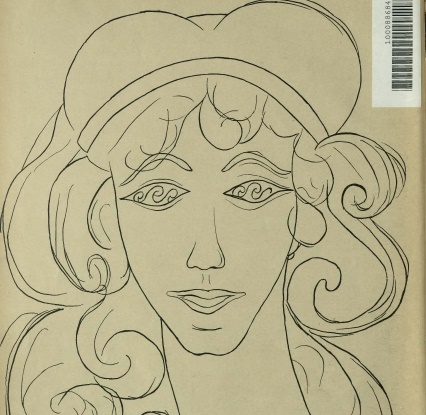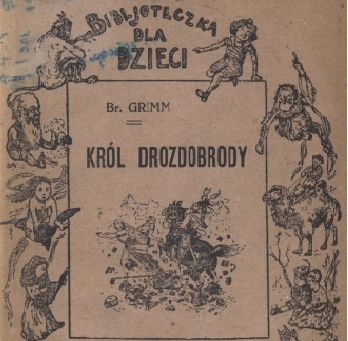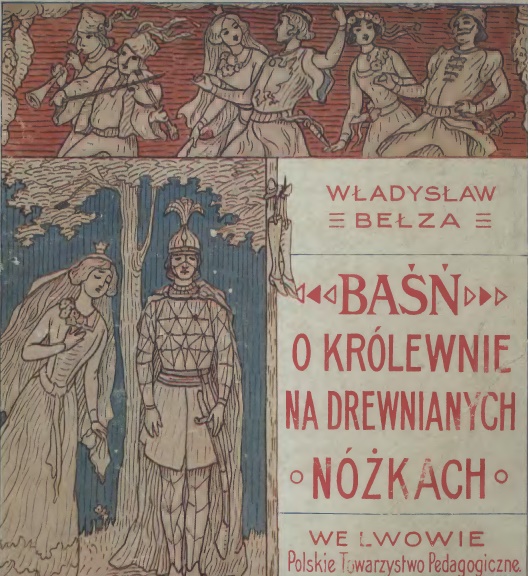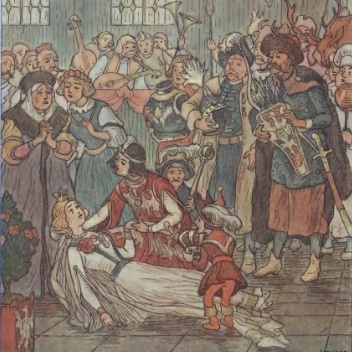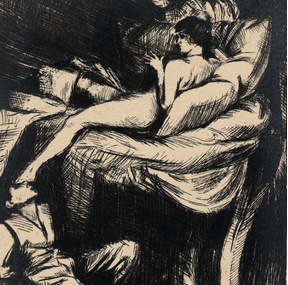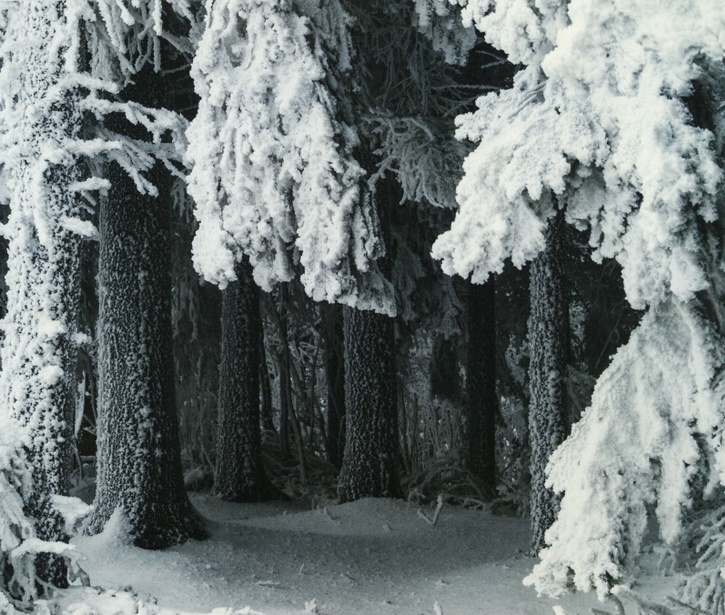Fairytales vol. 3
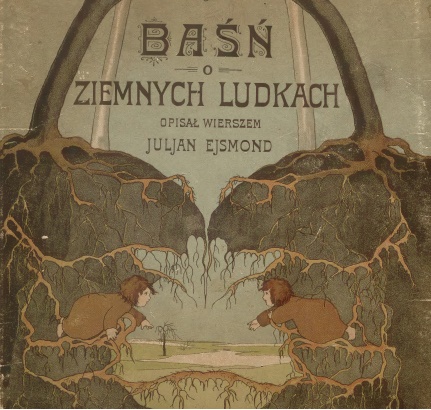
In the last, third part of presented fables and fairytales we would like to show those genres treated in an unusual – mystical way, a bit fantastic, tenebrous, scary, without easy didactics, interdisciplinary, interselected, reinterpreting. Sometimes they are even not for kids, sometimes they are without words. We would like to show that these concepts have a huge meaningful, linguistic and literary potential, and also that some fairytales can intrigue everyone, regardless the age. We invite to the lecture of those incredible stories.
At the beginning we present publications theoretically dedicated to children, but nowadays not a lot of people would appreciate the proposition of such tales been read to the youngest ones. The National Digital Library POLONA shared among others the Grimm fables, which are known for their darkness and tough subjects – King Trushbeard is an unhappy didatic tale about the king’s daughter, who was not fit to any kind of work. Apart from that, in POLONA we will read also for example Light blue strip – a Norwegian fairytale from 1931, described as a tale for kids, but it uses quite crude utterances; and The pain of a bird – a Russian illustrated tale from 1931 – its language seems to be quite suitable for children, but this folk fable touches (of course in a very intelligent way) the subject of suffering. Another moving sotry can be found also in the Digital Library of the Reginal Public Library in Lublin – it is a Daughter of the Water Spirit – a mysterious fable about the curse from 1914; the Mazovia Digital Library – Fable about earth people from 1913 – quite charming, but illustrated with fantastic, unusual colours, and a Fairytale about the wooden legs princess by Władysław Bełza from 1907 – creepy title talks by itself. Apart from strange tales for children, in the Digital Libraries Federation we can find also “fables” for adults. The Digital Library of Chełm offers us for example Jawor Fable by Józef Stachowski from 1939 – book of poems referring to the childhood, and a Rebellion: the Tale by Władysław Reymont – a tale written in an incredibly colorful, poetic language. What is more, the Kujawsko-Pomorska Digital Library shares Eternal fable by Stanisław Przybyszewski from 1906 – very nostalgic poema about women, admiring the beautiful gender (written for Jadwiga), and the Digital Library of Wielkopolska – BFairytale of the Białowieska Wilderness – quite mysterious hunting poema written by Wacław Makowski in 1902.

